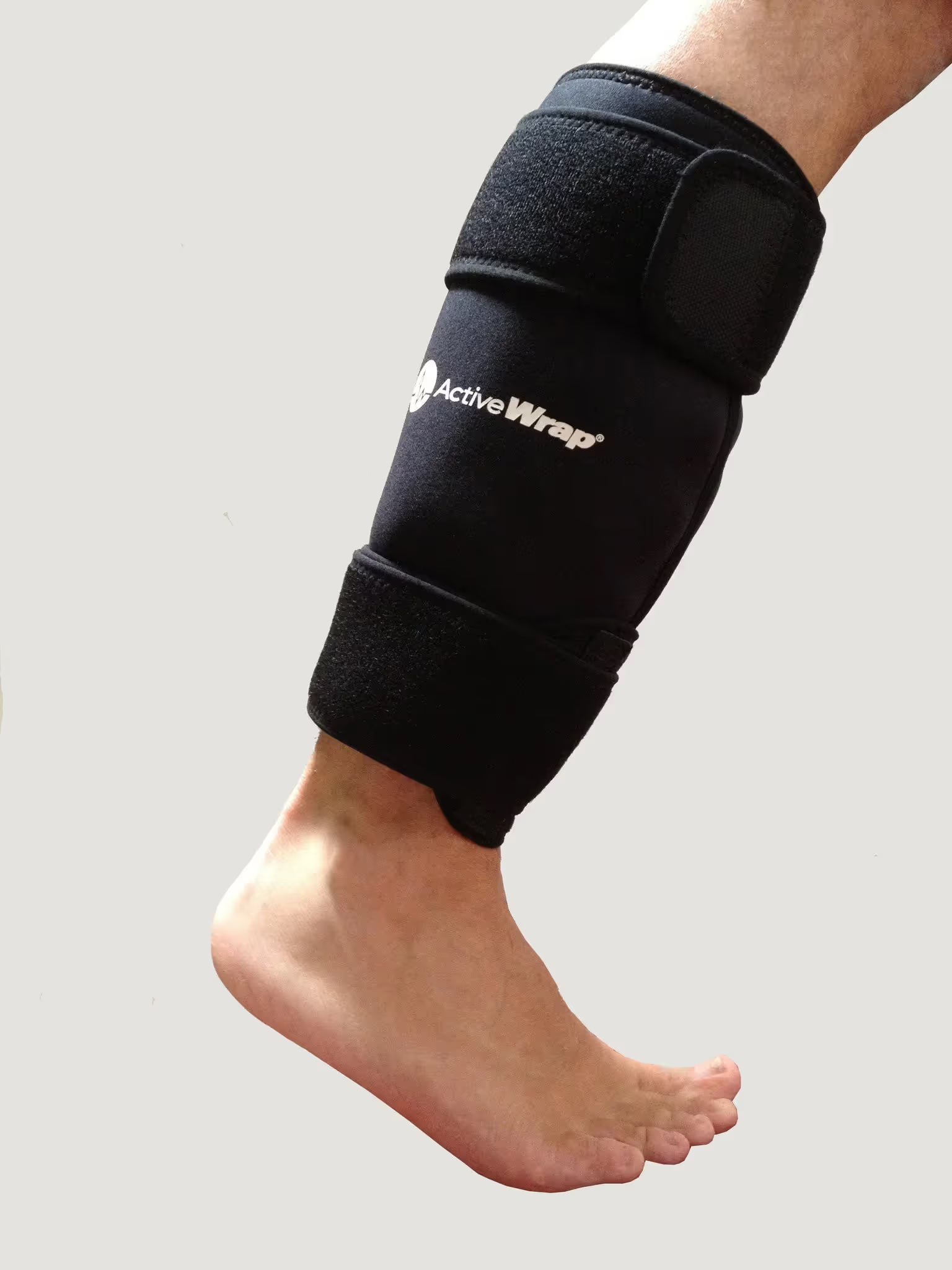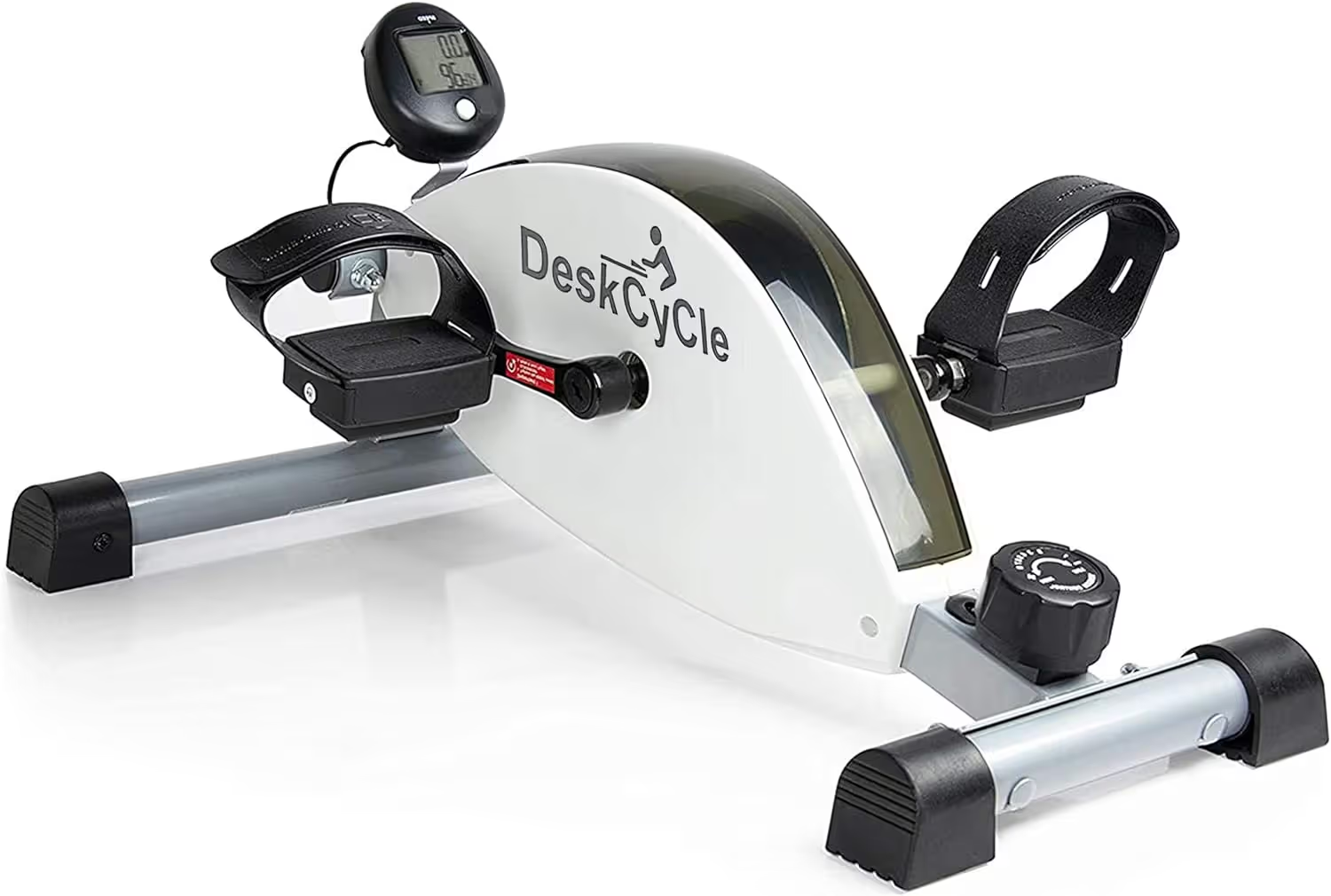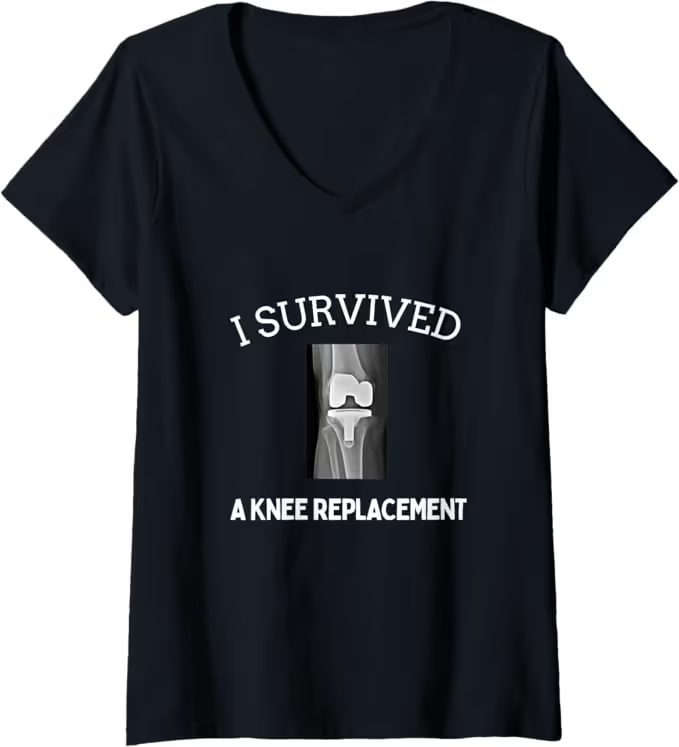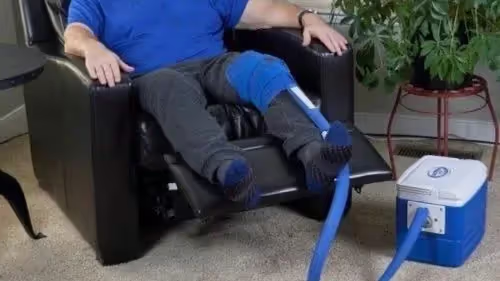Written by: Dr. Samantha Smith PT, DPT. (Physical Therapist and Knee Replacement Specialist)
Knee replacement surgery (also called total knee arthroplasty) is among one of the most common surgeries performed to treat chronic pain in the knee. Over 1 million knee replacement surgeries were performed in 2021 with this number expected to rise to 4 million by 2030. A knee replacement has a high patient satisfaction rate due to improvements in severe pain and chronic knee pain.
The total knee replacement surgery (total knee arthroplasty) is unlike any other surgery. The rehabilitation process take 12-18 months and the physical therapy is very intensive. Patients are expected to do exercises right after surgery with little rest time recommended. The surgery itself is very traumatic to the body with thigh pain, shin pain and hip pain common during recovery from total knee replacement surgery as well. A very large vertical incision is made down the knee and the knee joint is exposed for surgical repair. As you can imagine, you will have many different types of pains post surgery. One of the most common being nerve pain. Nerve pain is common with partial knee replacement surgery and bilateral knee replacement surgery.
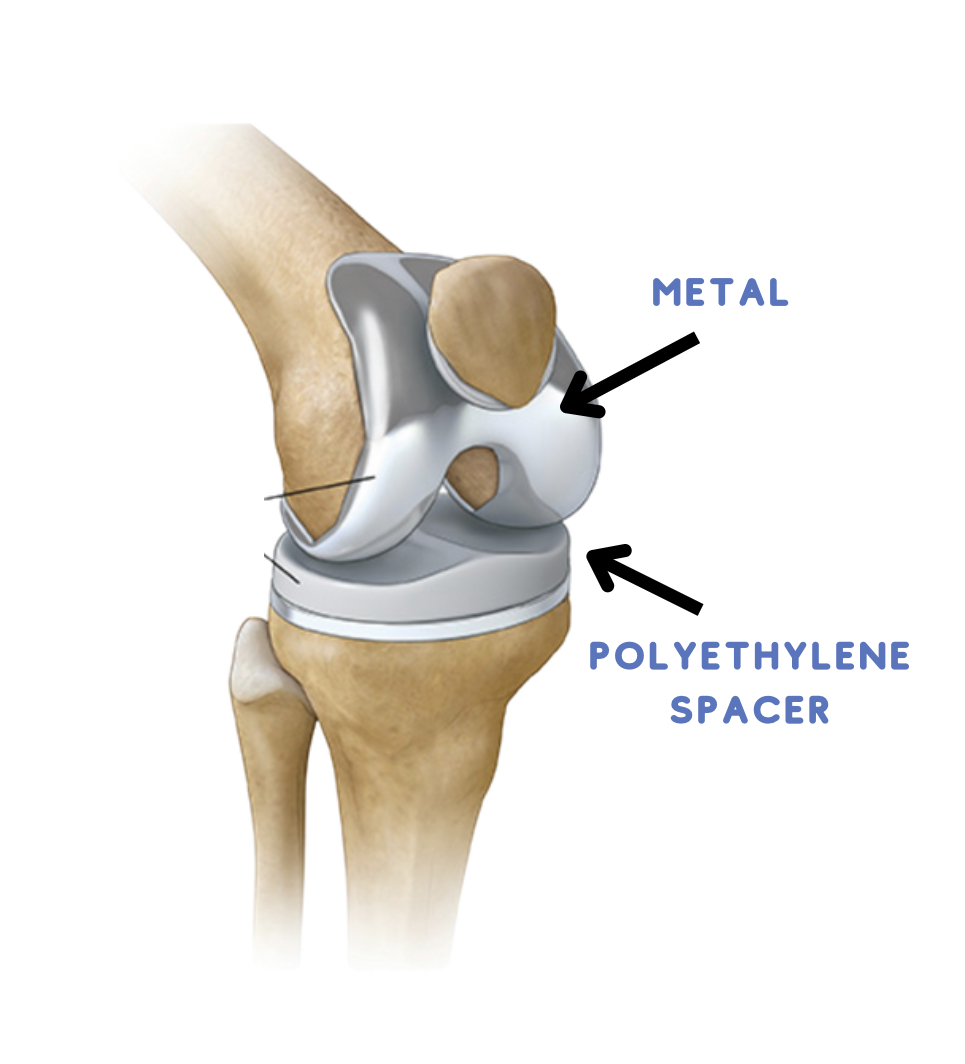
Nerve Pain
Nerve pain is very common post total knee replacement surgery. Over 80% of individuals with experience some sort of nerve jolts, zingers, burning, numbness or tingling in the knee, thigh or shin after surgery. The pain should feel different than the chronic pain in your knee before surgery. Let’s go over why this happens.
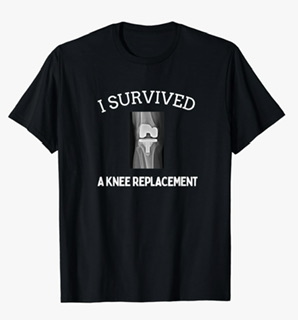
Knee replacement t-shirts on Amazon
Indirect nerve pain
During surgery, the surgeon makes a very large, vertical incision down the knee, if you are having the traditional knee replacement done. There are some instances where the orthopedic surgeon makes a smaller incision, but this technique is uncommon. The large incision on the top of the knee joint gives the surgeon a large enough area to see exactly what they are doing. A small incision would not give the surgeon enough room to fully cut the bone, cartilage, and ligaments, place the metal and plastic implants and ensure proper fit. Once the incision is made, the surgeon then uses tools to open the skin and keep it opened throughout surgery. These tools pull tight against the skin for several minutes so there is adequate space to insert the new knee implant.
While the skin is pulled open by the tools during the knee replacement surgery, it compresses the nerves, specifically the common fibular nerve (common peroneal nerve). This nerve is located right on the outside of the knee joint and it can become highly irritated due to the compression from the surgical tools. Nerves are very sensitive to touch, compression, and pressure. Although there was no cutting injury to this nerve, the nerve will express its discomfort by giving you symptoms of zingers, jolts, numbness or even possibly weakness.
The common fibular nerve is a nerve composed of sensory fibers and motor fibers. Just like a electrical cable in your home, the cable may route to different areas of your house. This theory can explain the nerves in your body. Sensory fibers are responsible for numbness, tingling, itching, pressure, pain - think of things that give you sensations. Motor fibers specially target the muscles and allow them to contract.
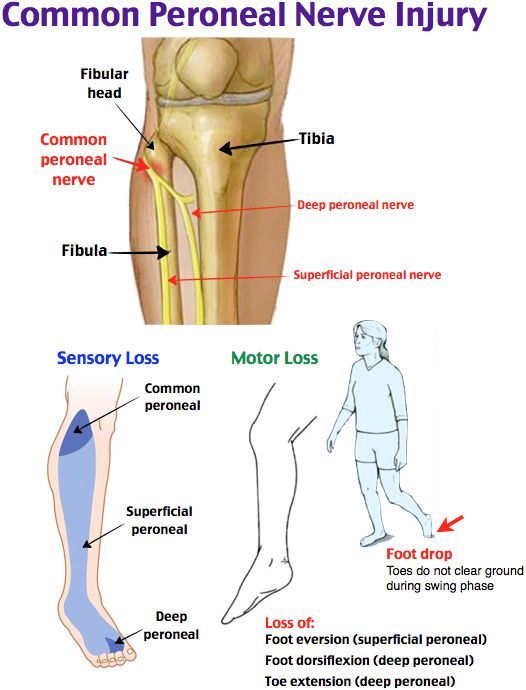
If you had damage to the common fibular nerve (or common peroneal nerve) by compression, touching, or pressure, your symptoms could be:
- weakness
- numbness
- tingling
- pain
- itching
Another type of indirect nerve injury happens when the surgeon bends and straightens your knee. After the knee has been cut to fit the implant, the orthopedic surgeon will insert the implant and fully bend/straighten the knee to ensure a proper fit. This is imperative to the function of the knee. We want to know the implant will fit. However, each time the knee moves through full range of motion, the tissues, muscles, tendons and nerves become stretched. Most patients did not have full range of motion for many, many years prior to surgery, so you can imagine how painful that will be when you wake up from surgery.
Direct nerve pain
Direct nerve pain is exactly what it sounds like. The nerve is directly affected by cutting, which causes nerve damage. The most obvious direct nerve pain is the large incision on the top of the knee. During this incision, the surgeon has to cut many sensory nerve endings that cause numbness.
60% of patients reported numbness in the front of the knee after a knee replacement.
The nerve endings in the front of the knee are called infrapatellar nerve, a branch of the saphenous nerve. Unfortunately, this incision is unavoidable. There are new, minimally invasive techniques emerging; however, they are not well researched and not used often at this time. A positive about the severance of the infrapatellar nerves is they are solely sensory.
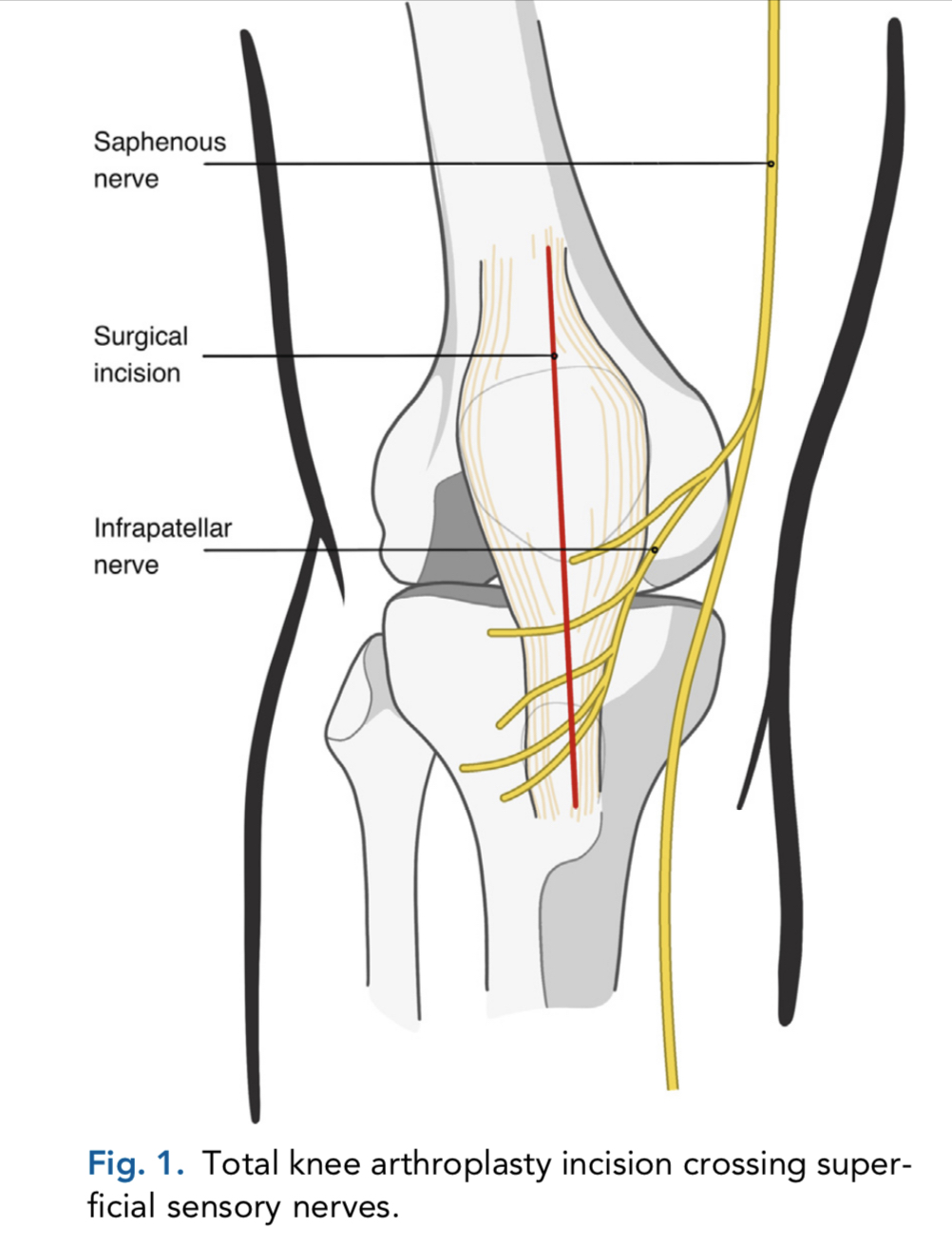
Common symptoms of infrapatellar nerve discomfort:
- Numbness
- Tingling
- itching
Many patients report the numbness, tingling and itching subside or become consolidated to one area by 3 months post surgery. The nerves begin to re-grow branches over time to re-innervate the injured area.
Another common direct injury to the nerve is the internal incision. During a knee replacement, there are two main incisions: the large vertical incision on the skin & an incision under the skin called the medial parapatellar incision. This incision goes around the middle side of the knee cap, cuts up into the bottom of the quadriceps muscle and cuts the connective tissue called the retinaculum. The nerve ending is very abundant in the this area causing post surgical pain.
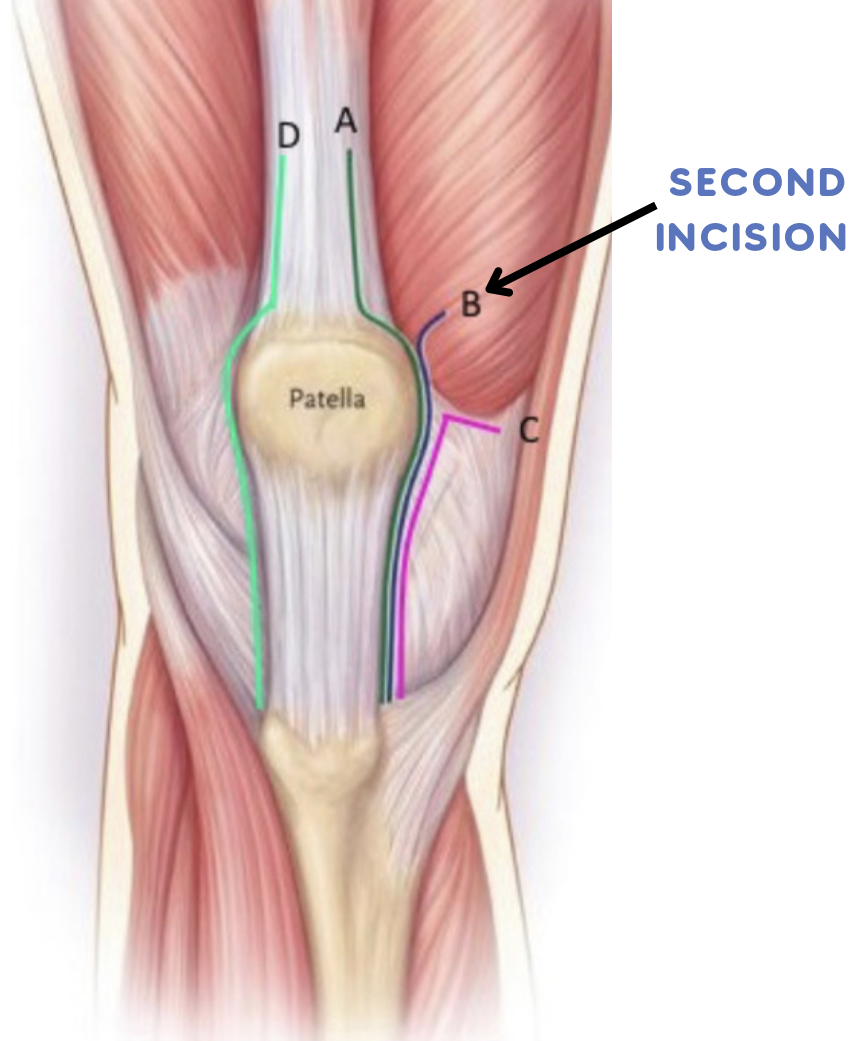
How Long Does Nerve Pain Last
Nerve pain is very frustrating after a total knee replacement. It can last between 2-6 months depending on the person. Most patient see a decrease in symptoms by 3 months post surgery. During the first 3 months, many patients continue taking pain medication or nerve pain medication, such as Gabapentin. Please consult with your orthopedic surgeon about pain medications.
So what helps nerve pain after knee replacement? let’s discuss this below.
What Helps Nerve Pain After Knee Replacement
Below we will discuss ideas to help reduce pain associated with nerves.
Medications
Gabapentin (or Neurontin) is very helpful for preventing nerve jolts, zingers, and sharp pains associated with nerves. Gabapentin helps reduce the excitability of the nerves and changes the way pain messages get to your brain. Usually, Gabapentin is prescribed 1-3x per day to be most effective. This is not a type of medication that is prescribed as needed (or PRN). The medication takes several days or even weeks to fully work. If you have been taking Gabapentin long term and are interested in stopping this medication, please speak with your doctor about how to safely reduce your dosage. Stopping Gabapentin suddenly is not recommended.
This medication has several side effects so please consult your doctor to see if this is a medication you can take. Please always take medications as prescribed by your doctor.
Massage
Massage is a great way to loosen up tight muscles, break up adhesions/scar tissue and increase blood flow to an injured area. All of the above are great ways to help pain associated with nerves.
Massage also gives your muscles and nerves a different type of stimulus. Usually patients will say massage is a “good hurt”. This can be very helpful to the body to feel a different type of pain or stimulus. When we interrupt the pain signals to the brain, it gives the body a chance to relax, which can calm muscles and nerves.
Massage can be used while biking or even while applying moist heat. Patients can use a massage gun or rolling pin to help complete the massage by themselves. Heat and biking are great ways to increase blood flow to an area - and massage is too. Again, increased blood flow helps heal injuries. Blood has nutrients in it to help our bodies return to normal function.
Massage should not be used if you have symptoms or signs of a blood clot. If you have any symptoms of a blood clot, see your doctor right away or go to the emergency room. Usually, an ultrasound is done on your leg to check for any clots. Better to be safe than sorry!

Roller ice: order here (use code DRSAM10 for 10% off)
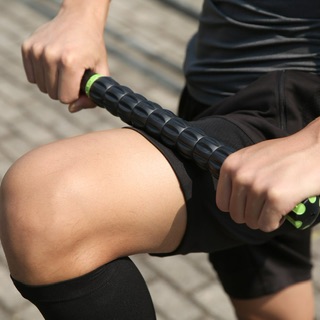
Rolling pin massager on Amazon: Click here
Heat/Ice
The application of moist heat packs or ice packs can help reduce the sensitivity of nerve endings. Ice slows downs the nerve signals causing decreased pain sensations. Heat increases blood flow to the area, which can help injuries heal faster.
Apply ice or heat for 10-20 minutes at a time (or as prescribed by your physical therapist or surgeon). If you are having significant swelling, your doctor might recommend ice on the knee 30 minutes every hour.
It is not recommended to put heat directly on your knee joint after knee surgery. Most surgeons will allow heat on the muscles surrounding the knee, such as the quadriceps, calf muscles, hip or back muscles.

Best ice machine ↑ use code DRSAM10 for 10% off and free shipping (cheaper than Amazon!)

Best ice pack for knee replacement (use code DRSAM10 for 10% off)
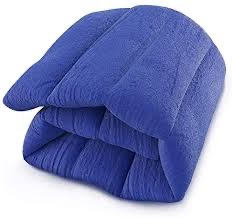
Moist heat pack on Amazon: Click here
Physical Therapy
Improving pain post operatively is possible with physical therapy. Physical therapists are experts in treatment options for chronic pain, chronic postsurgical pain, residual pain after a joint surgery.
- Increasing blood flow: blood is very full of nutrients needed to help heal injuries. We can increase our blood flow by walking, biking or doing exercises that cause our heart rate to increase. Physical therapy can help you safely chose exercises that can improve nerve pain after a knee replacement.
- Strengthening muscles: improving strength can relieve pain in the knee. Our muscles act as our shock absorbers in the body. Stronger muscles will relieve pain from various structure around our joints including nerves. Strengthening muscles also increases blood flow to the area, which is beneficial in injury healing.
- Education: Physical therapists are experts in educating patients about nerve pain. Knowing why the pain happens and if it is normal can reduce anxiety, fear and even more increased pain in the knee.
- Increased healing time: Physical therapy can provide proper exercises and techniques to speed up the healing process after a total knee replacement.
- Scar tissue mobilization: scar tissue in the knee can impede nerve healing. Scar tissue can form dense fibers around our tissues, including the nerves in the knee causing them to become very irritated.
- Pain management: Physical therapists can treat pain in the whole body. A knee replacement is a very common surgery that physical therapists see often. You could see significant improvements in your pain in your knee after physical therapy.
- TENs unit usage: A TENs unit (AKA e-stim) is a device used to help distract your brain from pain signals. A TENs unit is a device that produces electrical signals, kind of like vibrations, on the skin. The vibrations will go directly on the knee. These vibrations help distract your brain from the pain. Pain signals are slower than the vibration signals causing decreas pain sensations to the patients. This allows for some temporary pain relief, which is very helpful post knee surgery.
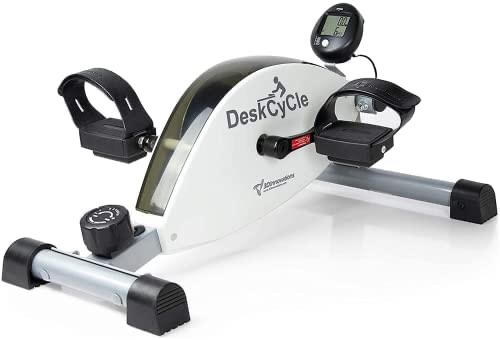
Bike from Amazon: Click here
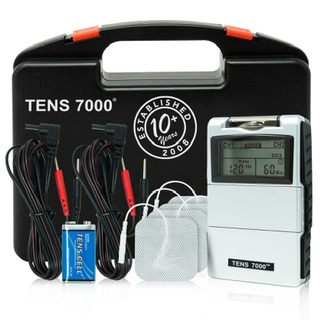
TENs unit on Amazon: Click here
Other treatments
Findings other treatments to treat the pain in your knee is imperative to your overall health. Chronic opioid use has detrimental effects on patients, which should be taken seriously. One out of ten patients will need other treatments to help with chronic pain after total knee.
- Radiofrequency ablation: is a technique used to burn the nerve ending in the knee to stop the chronic pain. For patients this can be successful for others, it may not be successful because the radiofrequency ablation did not find the underlying cause for the patient's pain.
- Revision surgery: under special circumstances, a revision surgery can be considered. This is when you receive another knee replacement to correct any malalignment or surgical errors. A revision can also be used to clean out tissue that may be causing pain, and to examine the components of the artificial knee.
- Knee scope: orthopedic surgeons can perform a scope to the knee to remove any scar tissue or other tissue cause pain to the nerves. A scope is a minimally invasive technique used to treat many knee injuries, but it should be used sparingly due to risk of infection.
- Peripheral nerve stimulation: this is a device that treats chronic pain by inserting a small device near the nerve that causes your knee pain. This is different from a spinal cord stimulation, which is a device connected directly to the spinal cord that sends signals to stop the pain. With a peripheral nerve stimulator, this device sends a mild electrical pulse to the nerve causing your persistent pain.
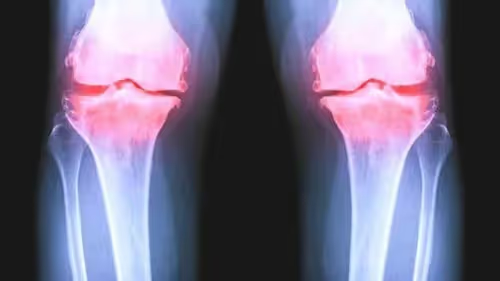
.avif)
